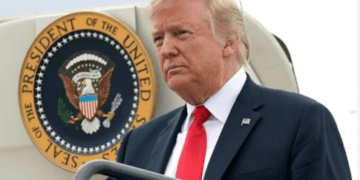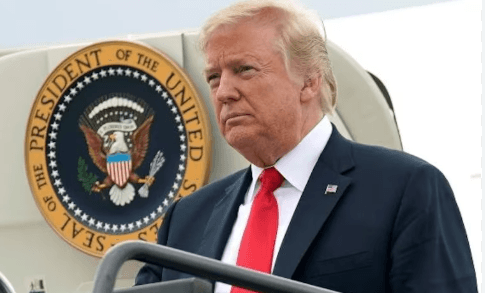Athira Sethu
Kochi, 26 August 2025
The United States has made a decision to increase tariffs on Indian imports. From August 27, 2025, an additional 25% tariff will be imposed on Indian imports, raising the overall tariff level to 50%. This new development has been upheld by the Department of Homeland Security and comes in the wake of a recent directive from US President Donald Trump.
The move follows Trump signing an executive order last month aimed at countries perceived to be a threat to US national security, but targeting particularly Russia and its trade partners, such as India. The tariffs seek to curtail India’s trade with Russia, particularly in the wake of Russia’s conflict with Ukraine.
Under the new arrangement, Indian goods entering the US or being removed from warehouses after 12:01 AM on August 27 will face these high tariffs. This is one of the measures of a wider effort to put pressure on nations that continue to purchase Russian oil, which the US views as assisting in financing Russia’s war efforts.
President Trump clarified that India’s move to purchase oil from Russia despite global pressure is the reason for these increased tariffs. He threatened that further sanctions will be imposed if there is no breakthrough in peace negotiations between Russia and Ukraine. Trump also said that it is up to the nations to negotiate and come up with a resolution.
India has in turn condemned these new tariffs as unfair and unreasonable. Indian policymakers have indicated that while they expect peace negotiations to ultimately result in the lifting of these tariffs, they will continue to safeguard their own national interests. Prime Minister Narendra Modi comforted the public at a rally in Ahmedabad by stating that his government would ensure the new steps would not hurt small enterprises, farmers, or anyone who relies on farming.
The Foreign Minister S. Jaishankar also came out in opposition, venting his displeasure by making sarcastic comments at the US for blaming others for conducting business. He indicated that if the US does not prefer Indian oil or refined products, they can just stop importing them, as Europe and other nations still buy them.
The new tariffs have strained relations between the US and India, particularly since both nations had scheduled negotiations currently on hold. Although the US has not equally imposed tariffs on other significant Russian oil purchasers like China, the tariff hike represents an important point of contention between the two nations. Concurrently, international attempts to get Russia and Ukraine to the negotiating table remain stalled.
This new trading pattern can have a significant influence on US-Indian relations in the next few months.





















